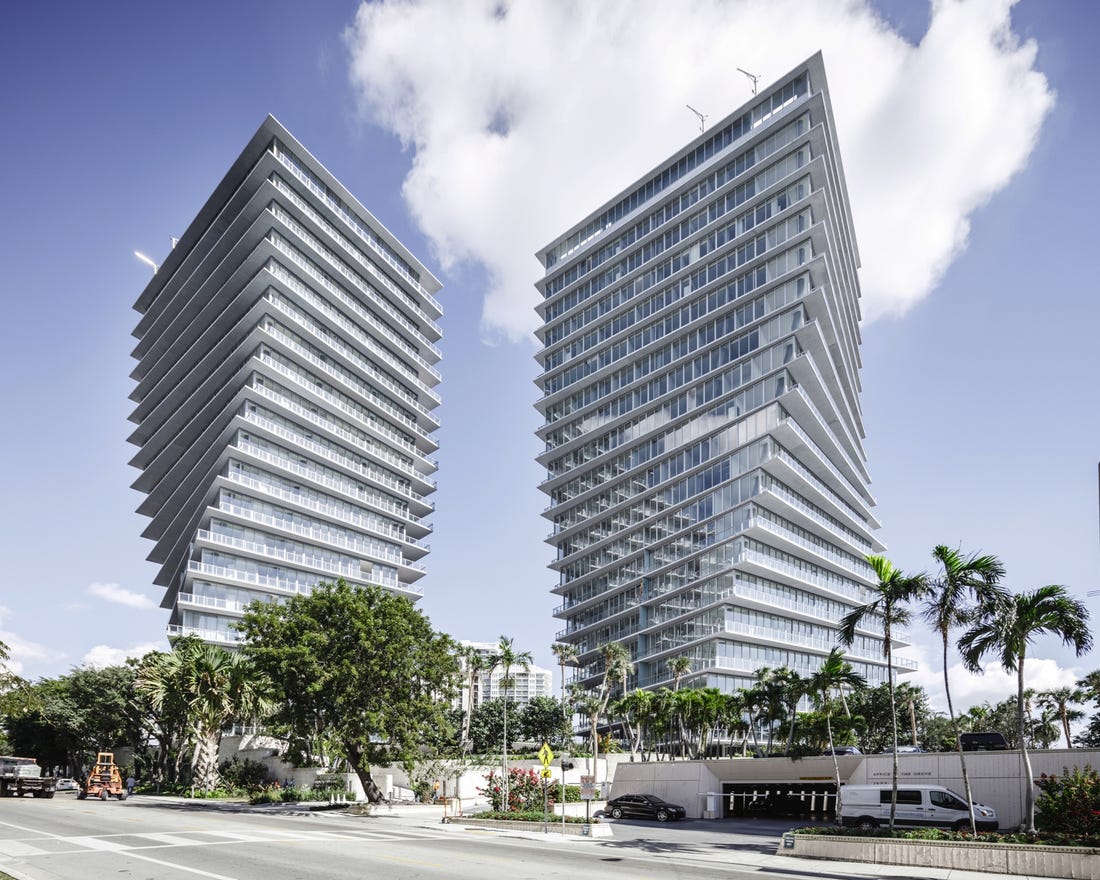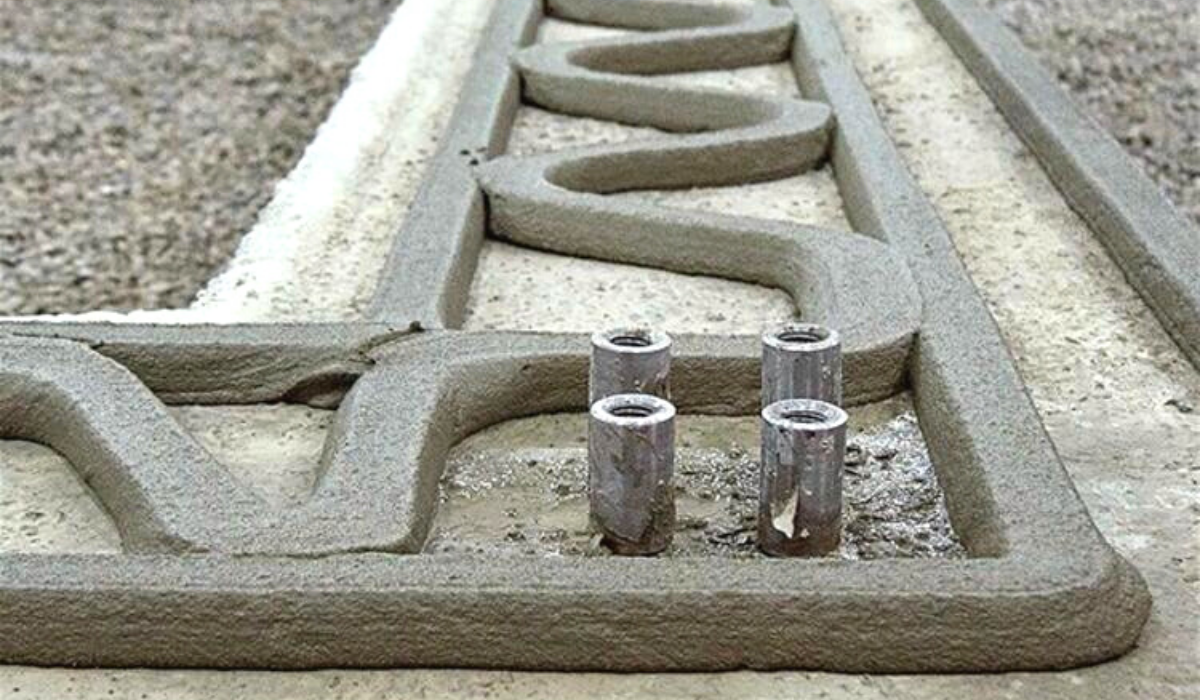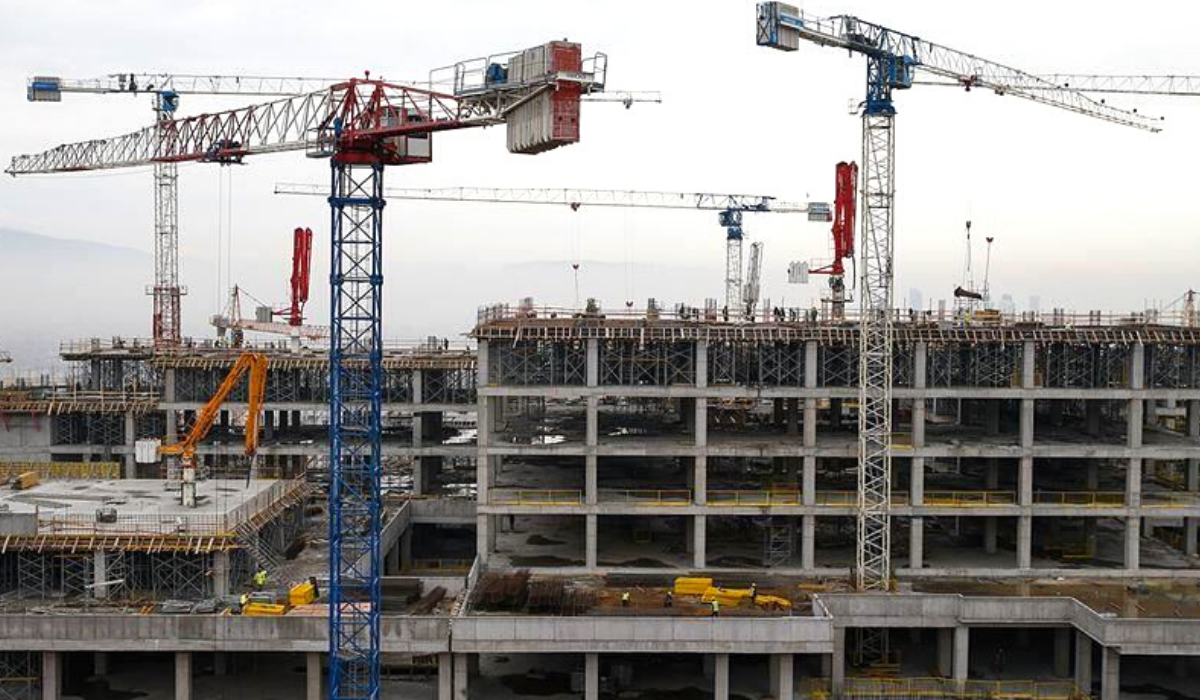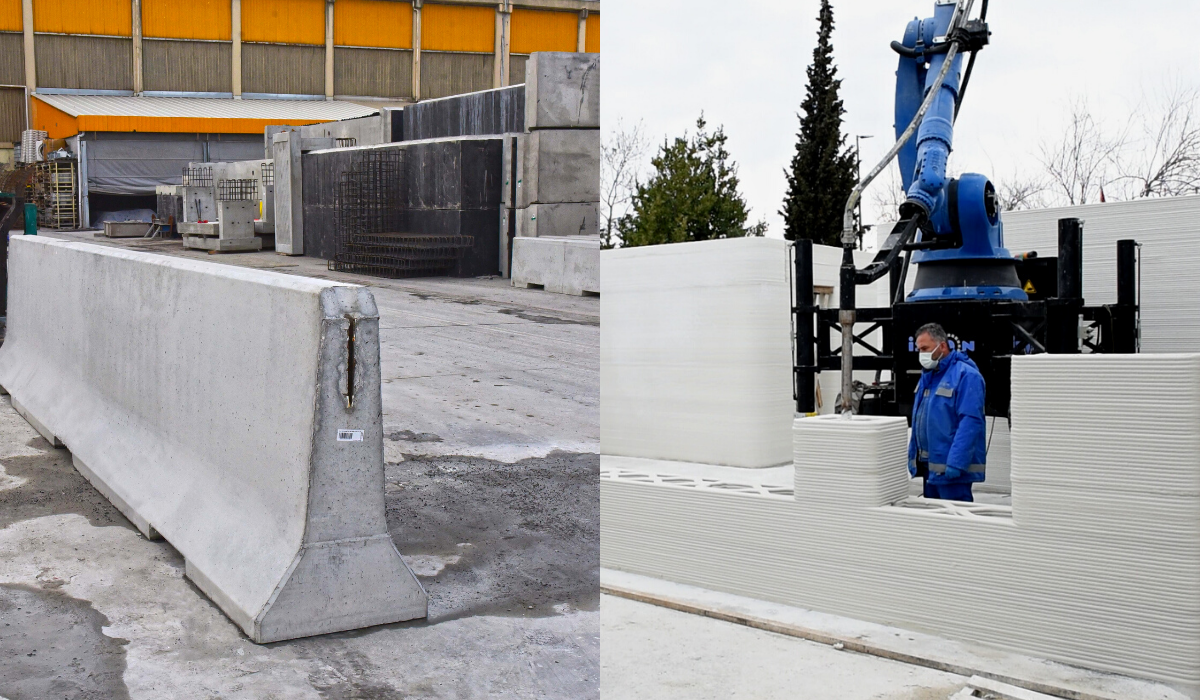Twisted tall buildings are now achievable because of advances in materials, engineering and architectural software. Thinking has changed as well, as architects and customers look for new ways to distinguish their buildings.
The days of the traditional glass and steel rectangular skyscraper may not yet be over. But now that model has competition. Software is the key. Increased computing power has enabled the development of sophisticated new design software. Architects are learning how to write code, and adapt software to their individual visions.
Meanwhile, these new design possibilities have liberated the ‘bottom line’ from dependence on standardized construction components. New techniques such as 3D printing and modular manufacturing are reducing production costs and making individualized batch orders economically feasible. New materials such as composite concrete add strength without weight, and advances in structural engineering have made it possible to compensate for the immense torsional forces at work in a twisting tower.
Of course, being possible isn’t the same as being desirable. But in this case, the mutual inclinations of architects and customers to attract attention and admiration have come together. Twisting tall buildings are eminently eye-catching, and provide a new ‘twist’ to the challenge of creating an instant landmark for a company, a city or even a country.
Benefits beyond aesthetics
The benefits of twisting towers go beyond aesthetics though. This type of design can make a building more aerodynamic and energy efficient. For example, the twist in the Shanghai Tower reduces wind-load by 24% (compared to a similarly sized rectangular building). That feature reduced structural construction material requirements by 20,000 metric tons of steel – and costs by approximately USD 58 million.
In addition to aesthetics and cost savings, sustainability will be a key ingredient in turning twisting tall buildings from a trend into a tradition. For instance, those twists can lower energy consumption in a building by placing windows in such a way as to reduce solar heat gain.
And most of the latest sustainability technologies are ‘agnostic’ when it comes to a building’s shape. Shanghai Tower was designed to achieve LEED Gold certification, for instance embedding 270 wind turbines in its energy-saving double façade.
By using such techniques as Building Information Modelling (BIM) in the planning, new materials and innovative structural engineering in the construction and green technologies such as Intelligent Building Management Systems (IBMS) and state-of-the-art water conservation methods in a building’s day-to-day life, twisting towers may soon be popping up in your city, too.
However, technological advances are allowing architects and builders to think and move well beyond traditional design models of skyscraper construction. Twisting towers are just another sign of the ongoing urban evolution of our times. Besides pointing optimistically toward exciting things to come, they remind us that the most beautiful or the most efficient line between two points is not always a straight one.
Source: Urban Hub





